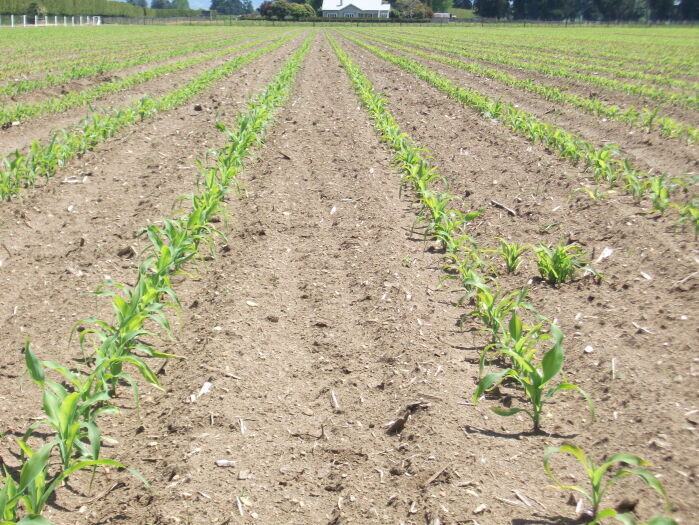
Articles
Getting your paddocks ready for planting

Failing to plan means you are planning to fail! This is an important concept to keep in mind as we draw closer to the planting season. With many of us itching to turn soil over and get those planters in the ground, the most critical thing is to make sure we are setting ourselves up for a successful maize cropping season. Part of this includes creating a good seedbed that allows 1) uniform seeding depth, 2) good seed to soil contact, 3) unrestricted root development, 4) unhindered air, water and nutrient movement.
Not only does a well-prepared seedbed enable maximum crop establishment but it also increases machinery (planter), herbicide and insecticide performance. Many New Zealand soils require some form of cultivation to create a good uniform seedbed. In addition to providing a good growing environment for maize seedlings, tillage also helps with residue incorporation, weed management, lime and fertiliser incorporation as well as soil warming and aeration.
Tillage method will influence crop establishment through their effect on temperature, soil moisture and to some extent, insect or pest pressure. The best cultivation methods required to achieve optimum seedbed conditions therefore varies on soil moisture, soil type and previous crop residues.
Conventional (full) tillage is the most common cultivation method used by maize growers. Strip tillage, where a narrow strip is cultivated and then planted into or no till/direct drilling, where no cultivation is done, are also practiced to different degrees depending on situation.
Direct drilled soils tend to be cooler and more prone to sidewall smearing or compaction when planted under wet conditions compared to tilled soils. Insect and pest pressure also tend to be greater where surface residue from a previous crop exists. On the other hand, strip tillage is intermediate between no till and conventional tillage.
Cultivating or driving heavy machinery over wet soils can cause long term soil compaction issues that can lead to irreversible damage. Where drainage is an issue, rectifying the issue pre-planting could be a great investment long term.
To optimise seed establishment, a minimum soil temperature of 10oC at 9am is required. Lower soil temperatures can reduce germination success by damaging seed membranes whereas wet soils could result in seed rotting before germination.
Soils with a high level of surface residue should be managed differently as they tend to be cooler than normal. This limits planting to later when soils are much higher than 10oC. Residue from long term pasture also tends to harbour higher numbers of argentine stem weevil while that from a previous maize crop can be a host for leaf diseases, requiring a more elaborate disease management strategy.
Old pasture paddocks with minimal or non-existent fallow period will require full incorporation or be chemically browned-out before planting. Burying residue also helps seedlings to emerge more easily and pre-emergent herbicides to be more effective.
There are some limitations to successfully burying residue. If it requires very deep ploughing or where shallow top soils exist, care must be taken to not bring up low fertility sub soil. Residues should be buried using discs or other shallow working implements if this was the case. Use of residue clearers on planters will also help clear the area for seedling maize plants.
Among other factors, creating conditions that allow for planting into good soil conditions is key when it comes to setting up for a good yield. Even if you have a target planting date, flexibility is key particularly when soils are uncharacteristically cool or when cold weather is forecasted. Following this simple principle will result in great starting position. For more information, help or advice talk to your local Pioneer Area Manager.
